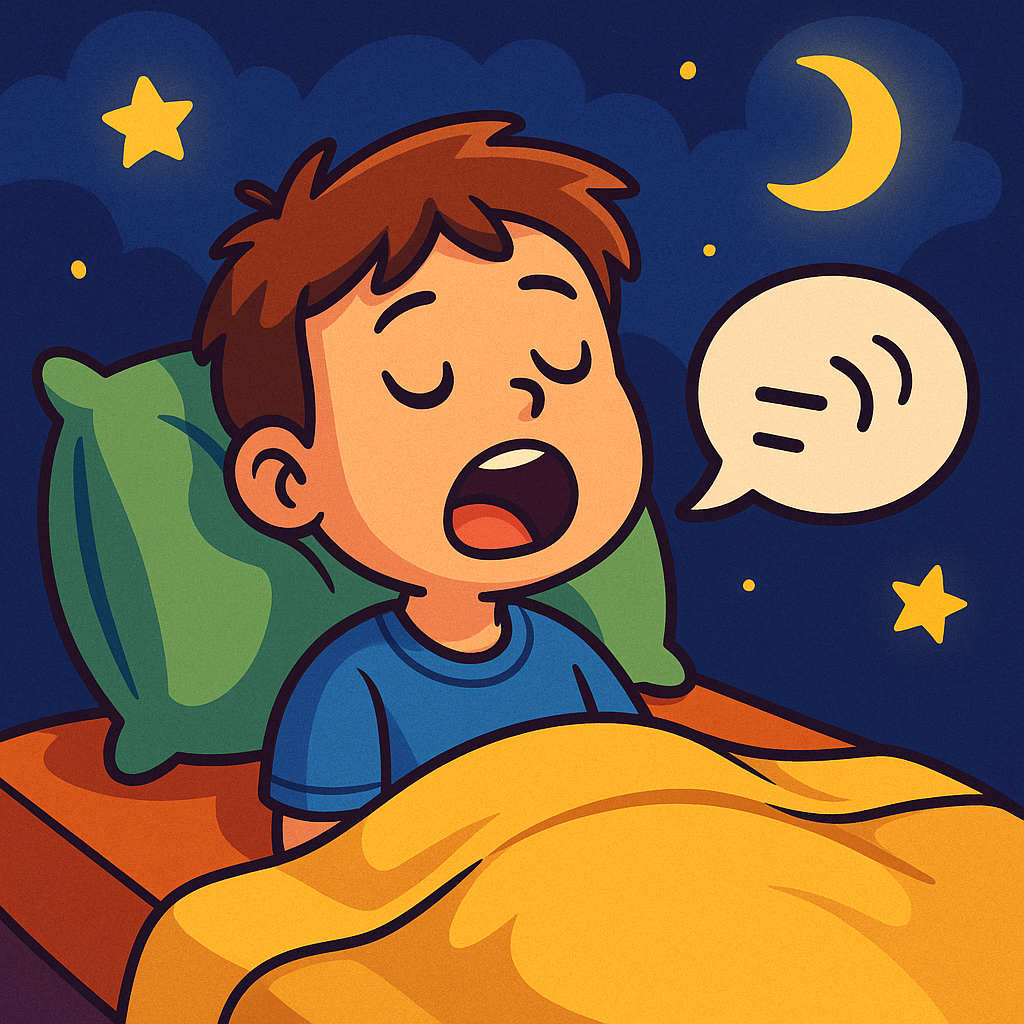The Battle Begins
When we get sick, it usually means germs like viruses or bacteria have entered our bodies. These tiny invaders can get in through our mouth, nose, or skin. Once inside, they start to multiply, which can make us feel tired, sore, or feverish. Our immune system detects germs and sends out special cells, such as white blood cells, to find and fight them.
Fighting Back and Healing
As the immune system battles the germs, it creates weapons called antibodies that help destroy them. This fight can cause symptoms like coughing, sneezing, or a runny nose, which help push germs out. After the germs are gone, the immune system remembers them so it can fight them faster next time. That’s why people often don’t get the same illness twice for a while.
FAQs
Q: Why do we get fevers when we’re sick?
A: A fever is your body’s way of making it harder for germs to survive.
Q: Can the immune system fight every germ?
A: It can fight most germs, but sometimes it needs help from medicine or vaccines.
🧠 Conspiracy Theory
Some believe our immune system is secretly run by tiny superhero cells wearing capes.
😅 Dad Joke
Why did the germ go to school? To become a little smarter at infecting!









